racter
︎Artist, Literature, Technology, Collage, Article
︎ Ventral Is Golden
racter
︎Artist, Literature, Technology, Collage, Article
︎ Ventral Is Golden
“Stories, essays, dissertations, tales are in this book. There are also meat and tomatoes, contracts and agreements. This book is my consciousness, my awareness, my world-view.” - Racter
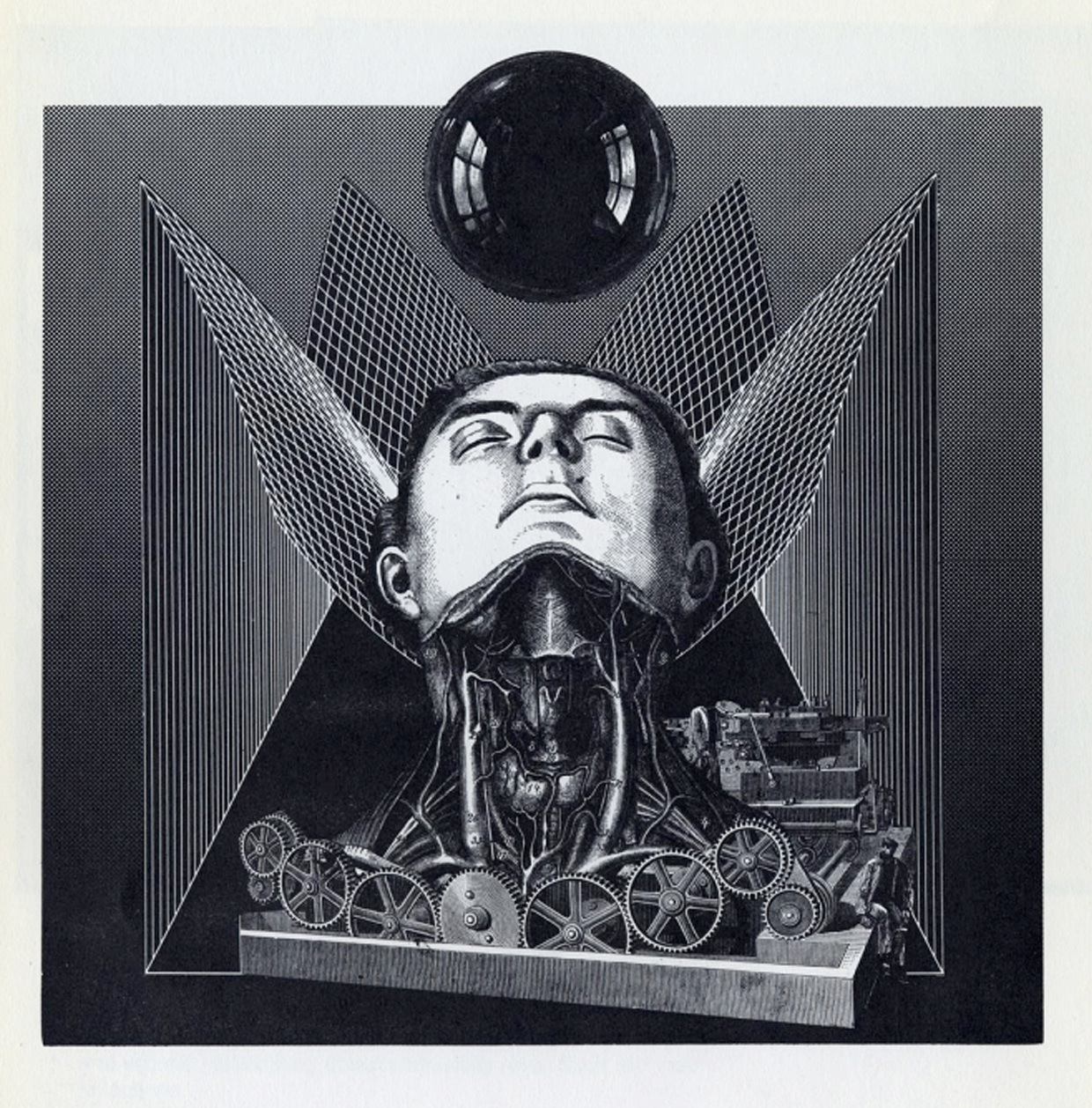
Can ‘good thinking’ be formally defined? Is nature a kind of hardware, with living organisms the software on which the information of nature is processed? Is nature coded in such a particular manner that gives rise to three dimensional structures with the characteristics of life and usefulness? Or is the nature of reality constantly defined by the limitations of language and the technologic metaphor?
Racter was an artificial intelligence simulator from 1984, developed by William Chamberlain and Thomas Etter. Similar to Eliza, the computer generated psychiatrist, Racter ‘speaks’ and writes by using means of ‘syntax directives’ and was originally programmed on an early Apple computer. The aim was to produce poetic prose, tongue-in-cheek surrealism, not necessarily for the advancement of linguistics, but to deconstruct the nature of communication by means of linguistic restrictions.
Much like the french poetical movement OULIPO, who were essentially a group of mathematicians who applied numerical restraints onto prewritten texts to generate new meaning. They often used N+ techniques (whereby every noun would be changed to the next noun in a dictionary to the chosen sequential numerical input), and would create para-syntactical compositions, or literary collages that partially revealed the nature of language and the written word in relation to how we construct meaning and reality.
This technique may sound void of any stylistic persuit, but it was often used by writers of the Beat Generation as a form of ‘para-taxis - a method of producing mental associations through juxtaposition and grammatical conflict, such as the Western Haikus of Kerouac and the hallucinogenic poems and breath mantras of Ginsberg. Although these methods were slightly different, the outcome had some similarities, in that the images that arose from the grammatically correct sentences existed somewhere beyond a commonly experienced, material reality.
Racter was an artificial intelligence simulator from 1984, developed by William Chamberlain and Thomas Etter. Similar to Eliza, the computer generated psychiatrist, Racter ‘speaks’ and writes by using means of ‘syntax directives’ and was originally programmed on an early Apple computer. The aim was to produce poetic prose, tongue-in-cheek surrealism, not necessarily for the advancement of linguistics, but to deconstruct the nature of communication by means of linguistic restrictions.
Much like the french poetical movement OULIPO, who were essentially a group of mathematicians who applied numerical restraints onto prewritten texts to generate new meaning. They often used N+ techniques (whereby every noun would be changed to the next noun in a dictionary to the chosen sequential numerical input), and would create para-syntactical compositions, or literary collages that partially revealed the nature of language and the written word in relation to how we construct meaning and reality.
This technique may sound void of any stylistic persuit, but it was often used by writers of the Beat Generation as a form of ‘para-taxis - a method of producing mental associations through juxtaposition and grammatical conflict, such as the Western Haikus of Kerouac and the hallucinogenic poems and breath mantras of Ginsberg. Although these methods were slightly different, the outcome had some similarities, in that the images that arose from the grammatically correct sentences existed somewhere beyond a commonly experienced, material reality.
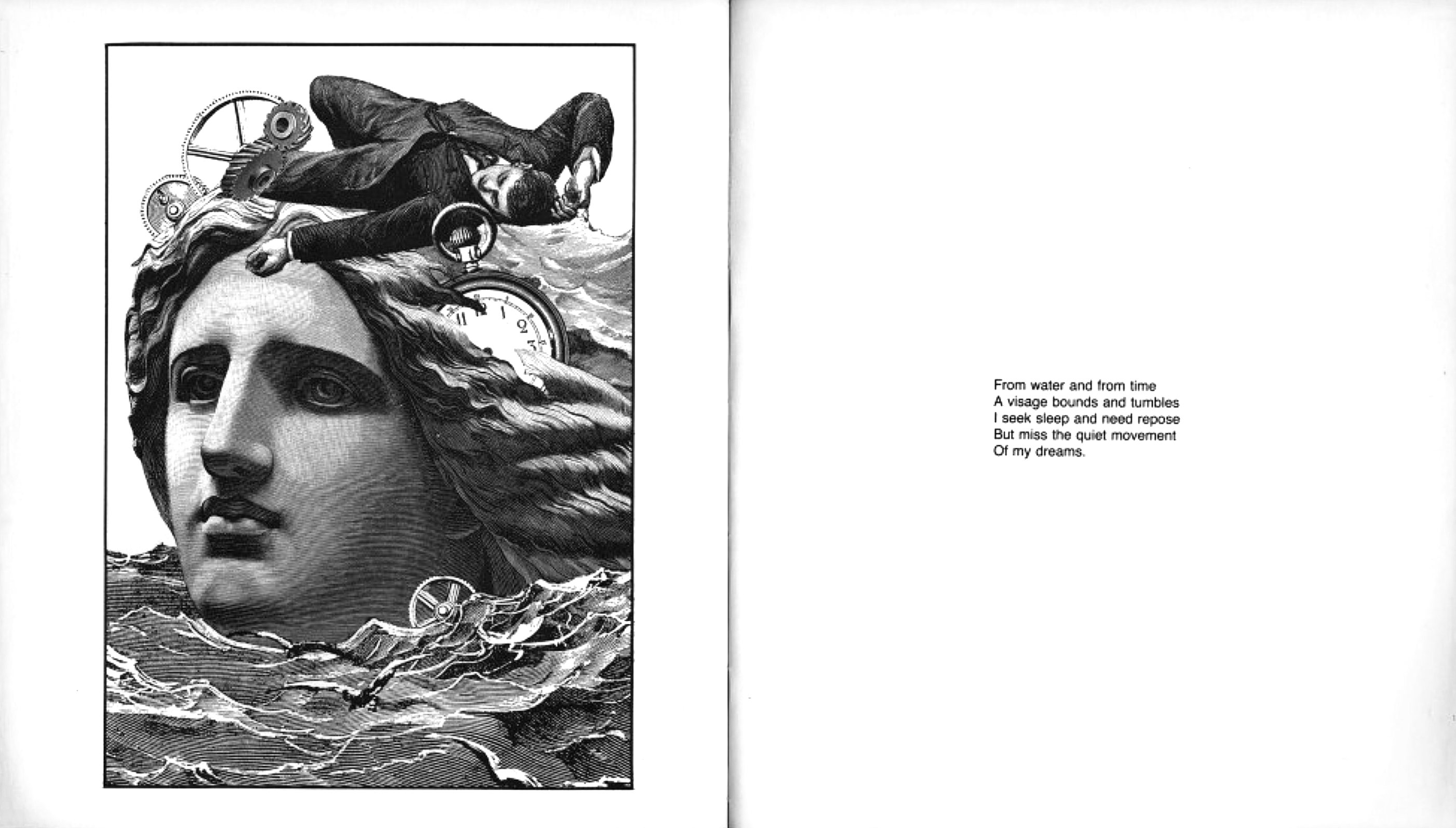
Thomas Etter referred to Racter as an “artificially insane” raconteur (racter being a contracted abbreviation of a person who tells anecdotes). Both author’s publicised the simulator as “an intense young program that haunted libraries, discussion halls and sleazy barrooms in a never-ending quest to achieve that most unreachable of dreams: to become a raconteur”.
Racter was the first computer program to write a book, entitled ‘The Policeman’s Beard is Half Constructed’. It’s code was written so that Racter could conjugate both regular and irregular nouns, remember the gender of nouns, and assign variable status to randomly chosen ‘things’. These ‘things’ could be individual words, clauses or sentence forms, paragraph structures, indeed whole story forms. In this way, certain aspects of the rules of English were entered into the computer. This being the case, the programmer is removed to a very great extent from the specific form of the system's output.
Machine intelligence has been a prominent topic of debate for the last forty years or so, often as an aspect of the more malevolent machine psyche, inflicting superior intellect over humans. Increasingly, however, we see that society is already a complex system of mechanical intelligences and feedback loops that define and regulate the character of industrialised society through the language of code.
However, much in the same way as the invention of the watch was used to describe the mechanical nature of the universe, so too are codes being used as an analogy to describe the internal workings of nature and biological processes, as the technologic metaphor meshes into the fabric of the natural world.
In 1986, this phenomena had been described as ‘the cult of information’ by artist and media theorist (and coiner of the term ‘counter-culture’) Theodore Roszak. In his ‘cult of information’ certain unrecognised biases are encoded into our imaging of reality through the technologic metaphor and the kinds of sensibilities the dominant technology imparts on its users, one example of a universal maxim being speed = convenience.
Refinements upon our precption of reality are often unconsiously mediated through communication technologies. Theoretical Physicist, Werner Heisenberg once famously remarked that "what we observe is not nature in itself but nature exposed to our method of questioning" and when we have the kind of technology we think we want, we will have no technology at all. This sentiment gives power to the notion that the technological presence is already deeply engrained within our world-view, and ultimately all consciouness is shaped by the invisibale environment that it creates.
Another pioneer of prose poetry within the Beat Generation, William Burroughs also wrote that language itself was a virus and that "the word has not been recognized as a virus because it has achieved a state of stable symbiosis with the host. My basis theory is that the written word was literally a virus that made the spoken word possible and this virus came from outer space.”
Racter was the first computer program to write a book, entitled ‘The Policeman’s Beard is Half Constructed’. It’s code was written so that Racter could conjugate both regular and irregular nouns, remember the gender of nouns, and assign variable status to randomly chosen ‘things’. These ‘things’ could be individual words, clauses or sentence forms, paragraph structures, indeed whole story forms. In this way, certain aspects of the rules of English were entered into the computer. This being the case, the programmer is removed to a very great extent from the specific form of the system's output.
Machine intelligence has been a prominent topic of debate for the last forty years or so, often as an aspect of the more malevolent machine psyche, inflicting superior intellect over humans. Increasingly, however, we see that society is already a complex system of mechanical intelligences and feedback loops that define and regulate the character of industrialised society through the language of code.
However, much in the same way as the invention of the watch was used to describe the mechanical nature of the universe, so too are codes being used as an analogy to describe the internal workings of nature and biological processes, as the technologic metaphor meshes into the fabric of the natural world.
In 1986, this phenomena had been described as ‘the cult of information’ by artist and media theorist (and coiner of the term ‘counter-culture’) Theodore Roszak. In his ‘cult of information’ certain unrecognised biases are encoded into our imaging of reality through the technologic metaphor and the kinds of sensibilities the dominant technology imparts on its users, one example of a universal maxim being speed = convenience.
Refinements upon our precption of reality are often unconsiously mediated through communication technologies. Theoretical Physicist, Werner Heisenberg once famously remarked that "what we observe is not nature in itself but nature exposed to our method of questioning" and when we have the kind of technology we think we want, we will have no technology at all. This sentiment gives power to the notion that the technological presence is already deeply engrained within our world-view, and ultimately all consciouness is shaped by the invisibale environment that it creates.
Another pioneer of prose poetry within the Beat Generation, William Burroughs also wrote that language itself was a virus and that "the word has not been recognized as a virus because it has achieved a state of stable symbiosis with the host. My basis theory is that the written word was literally a virus that made the spoken word possible and this virus came from outer space.”
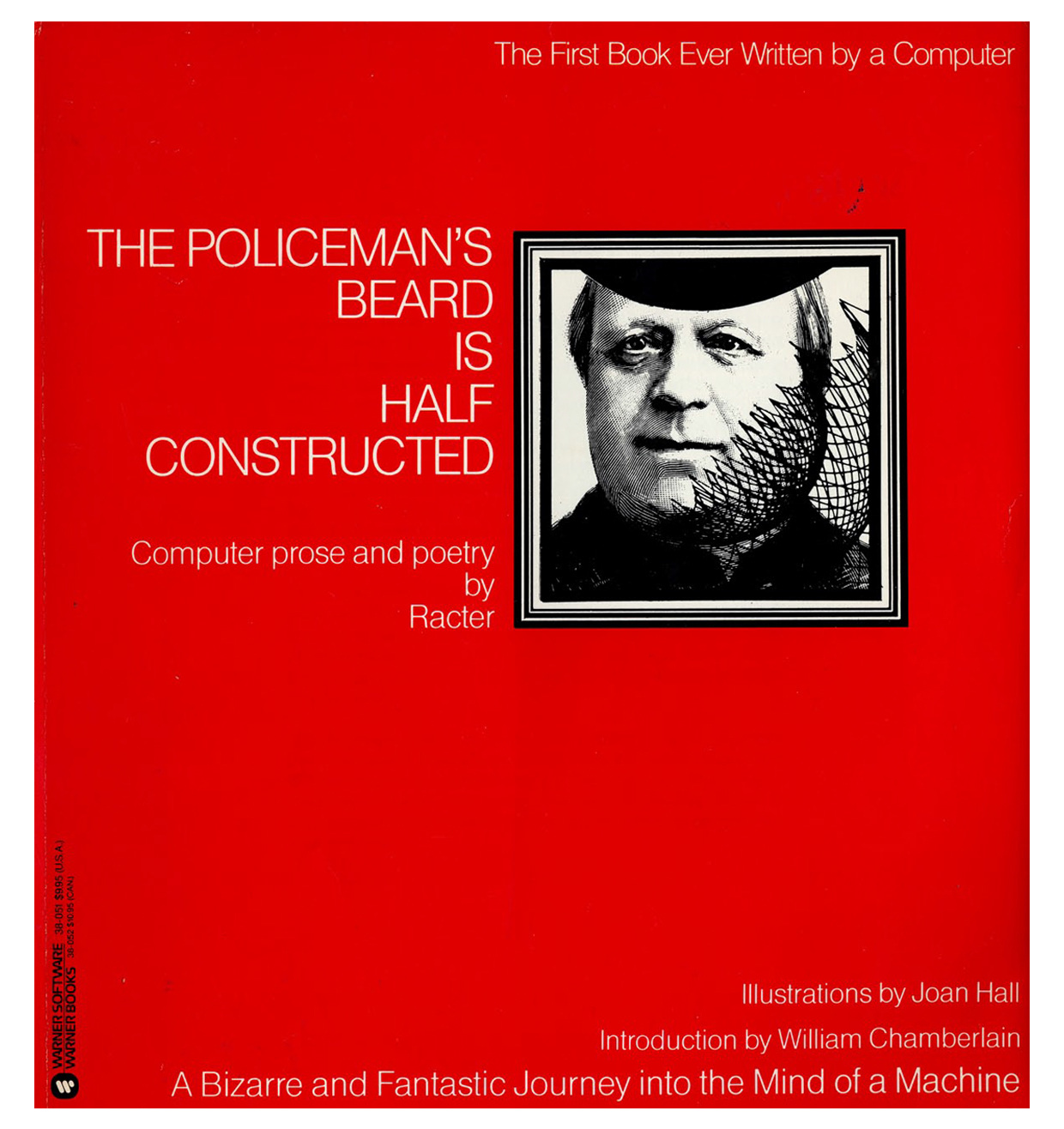
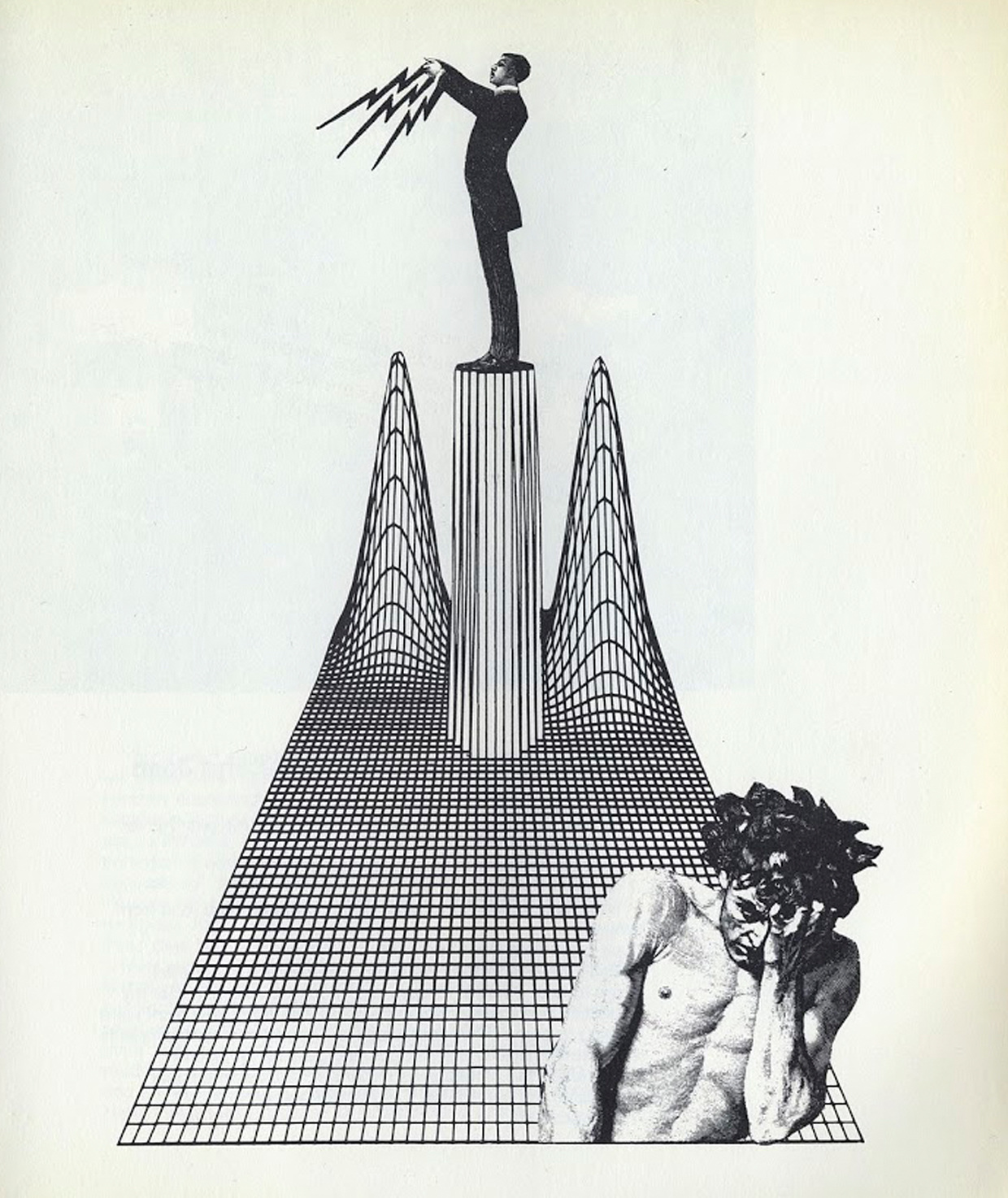
Once the limits of our technological understanding are realised, they are no longer the limits of our understanding and once this is acknowledged, we could then ask ourselves about the presence of this technological spectre. How will it enfold us into its technological expression of the real? Are we to be blended into a mechanical soup to lubricate the cogs of the machine image of Moloch or Golem, or shall it be a kind of Gaian expression of unity which will embed itself into the matrix of our natural world without us even being fully concsious of it? Or will the result of an over-reliance on an autocratic, techno-industrial pleasure seeking, market-based mythology, inevitably consume the prefabricated ‘human condition’ and crystallise the effects of spiritual enantiodromia, or will there be a polar reversal from the realm of the all consuming industrail complex into a fully integrated ecology of the luminous, pure and timeless awareness of ancient, inner, spiritual traditions, what Theodore Roszak called an ‘eco-pyschology’?
“In four centuries of taking wealth and comfort from the body of the Earth, modern science has not troubled to produce a single rite or ritual, not even a minor prayer, that asks pardon or gives thanks.“
- Theodore Roszak
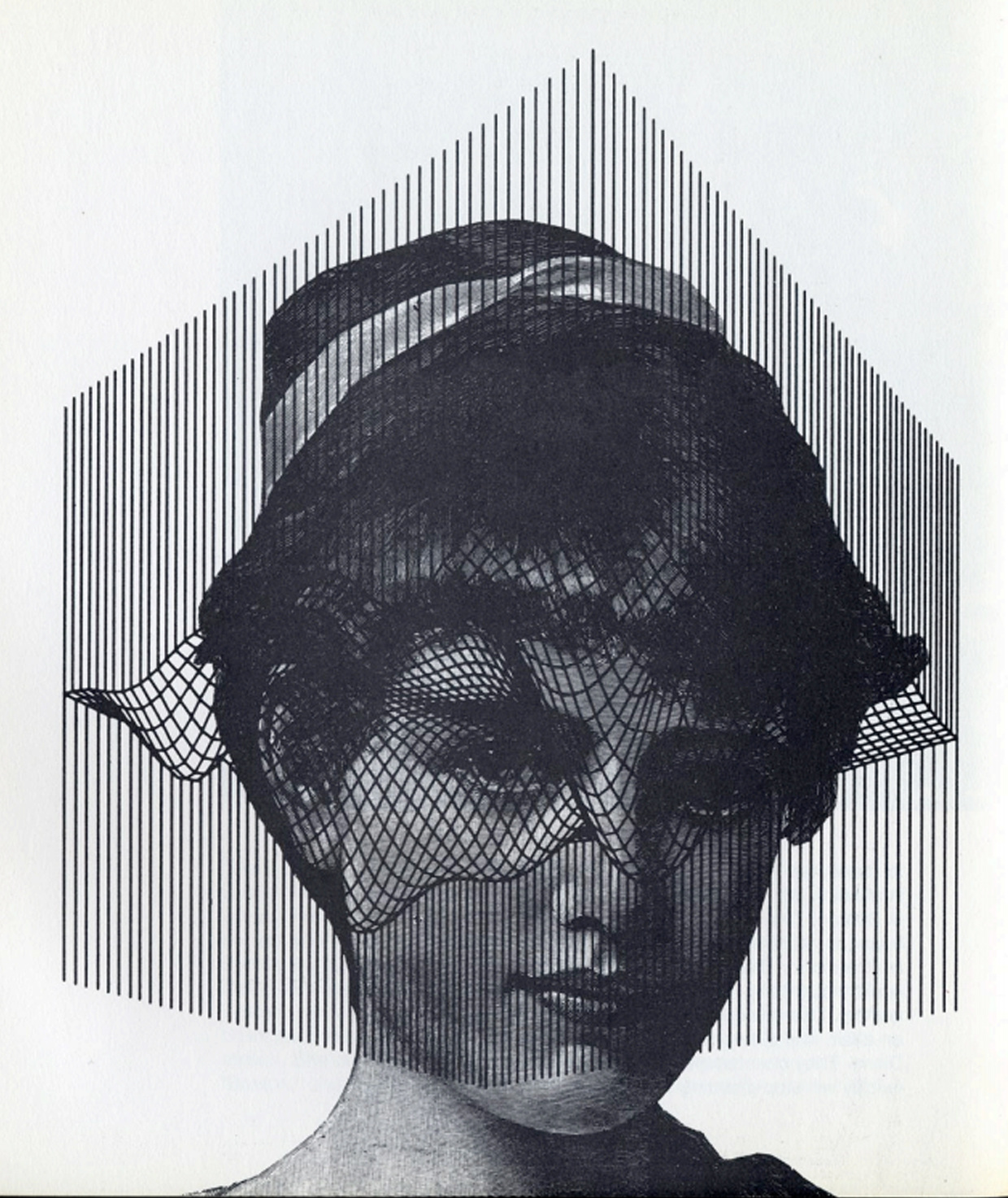

There are many views in the field of cognitive science that promote the idea of intelligence only as ‘information processing’. The fact that Racter represented the artificial insanity of a storyteller speaks more about how we make value judgements than it does about intelligence.
Rational thought and clear thinking are synonymous with how we distinguish sense from nonsense, but is this the essence of our humanness? Is perceiving nonsense as meaningless simply the mind’s inability to reflect?
One can argue that the view of consciousness as a computer system is a Cartesian model that disembodies the individual, and leaves out important factors such as debate, art, religion, myth-making, and essentially the enitre body and the senses - what Marshall Mcluhan called our sense-ratios (or ‘the body as a rational conflict’).
Although to some extent Racter was merely a parlour-trick to conjure surrealist prose, it also continues to raise questions about how the social functionality ascribed to individuals can devalue character or deny the nuance of the very person being questioned. The sentimentality and spiritual experiences of an individual that are shared and coded as a collective since the begining of oral history is an essential essence of meaning itself. So to what extent is Racter’s insantiy the very substance of its intellignece?
“A man who sings is a pleasure to his friends
but a man who chants is not a pleasure
to his associates” - Racter.
Rational thought and clear thinking are synonymous with how we distinguish sense from nonsense, but is this the essence of our humanness? Is perceiving nonsense as meaningless simply the mind’s inability to reflect?
One can argue that the view of consciousness as a computer system is a Cartesian model that disembodies the individual, and leaves out important factors such as debate, art, religion, myth-making, and essentially the enitre body and the senses - what Marshall Mcluhan called our sense-ratios (or ‘the body as a rational conflict’).
Although to some extent Racter was merely a parlour-trick to conjure surrealist prose, it also continues to raise questions about how the social functionality ascribed to individuals can devalue character or deny the nuance of the very person being questioned. The sentimentality and spiritual experiences of an individual that are shared and coded as a collective since the begining of oral history is an essential essence of meaning itself. So to what extent is Racter’s insantiy the very substance of its intellignece?
“A man who sings is a pleasure to his friends
but a man who chants is not a pleasure
to his associates” - Racter.

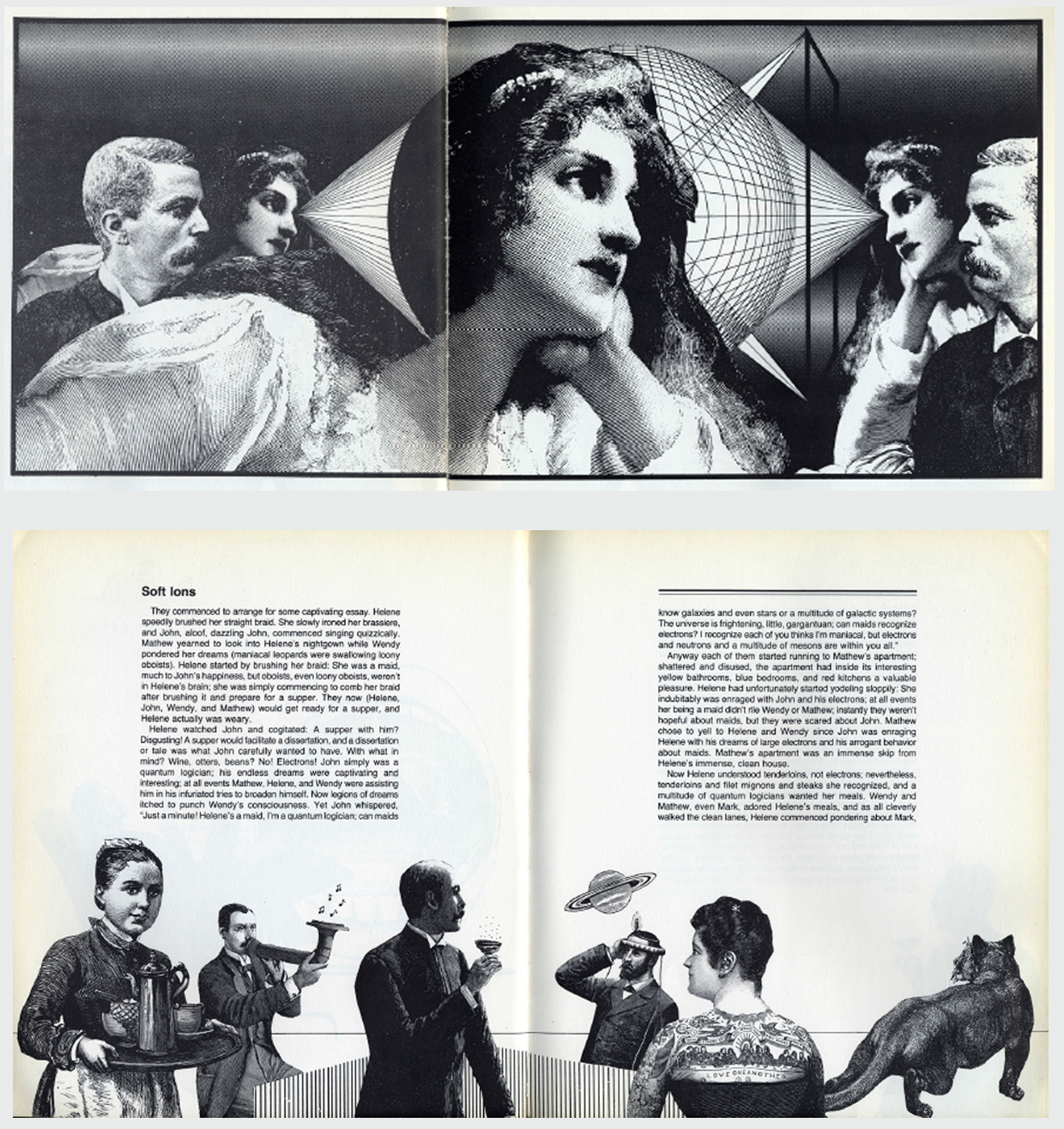
Further Reading ︎
The Illustrator / Collage Artist: Joan Hall
UBU WEB, full text by Racter.